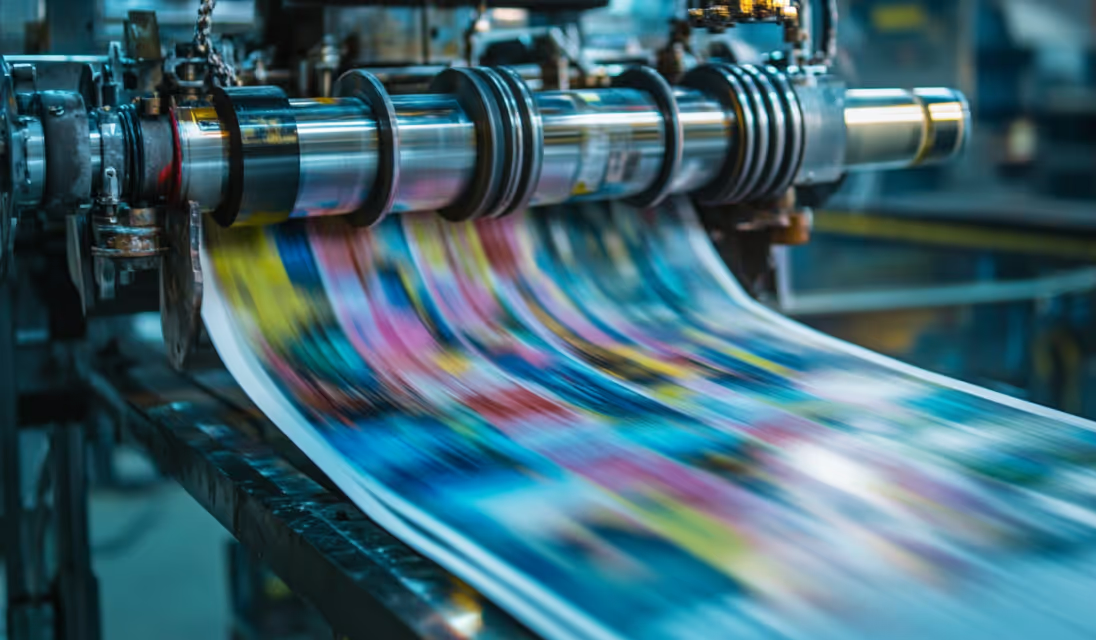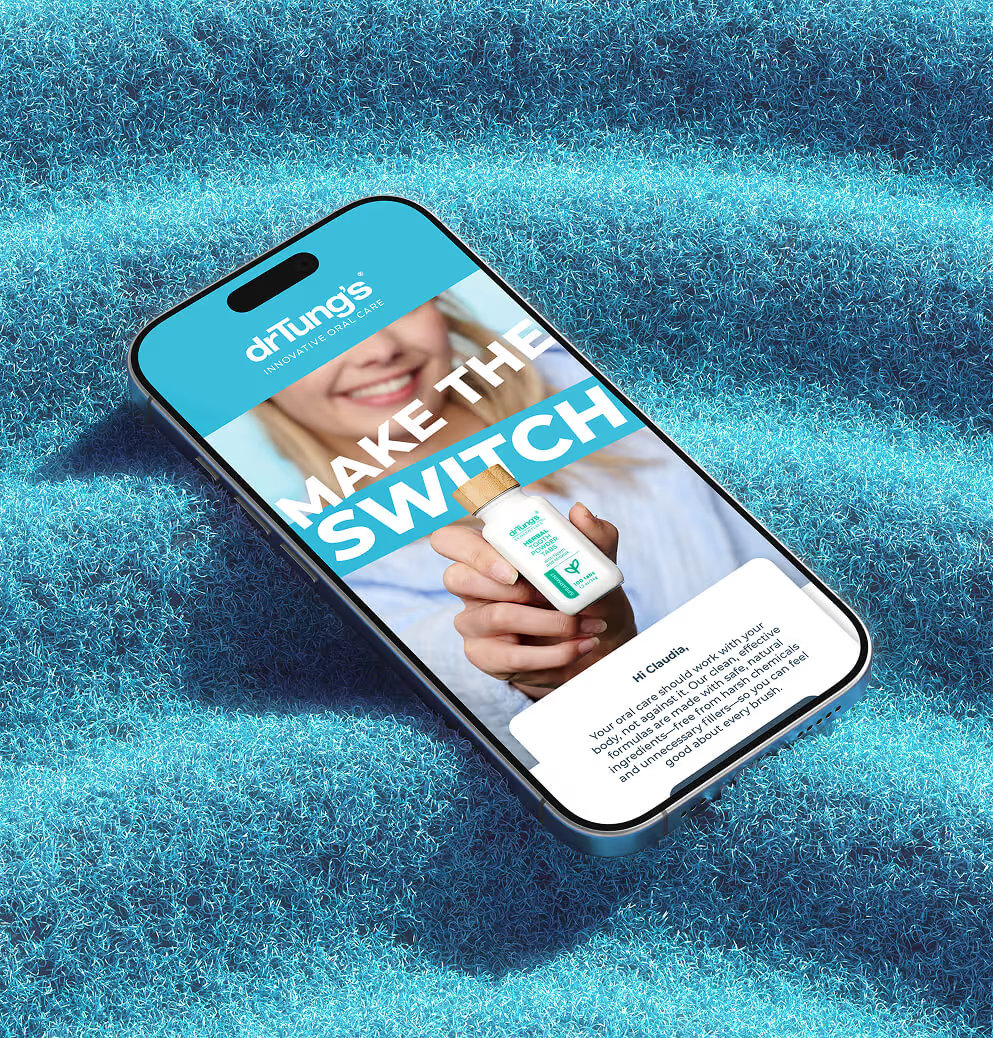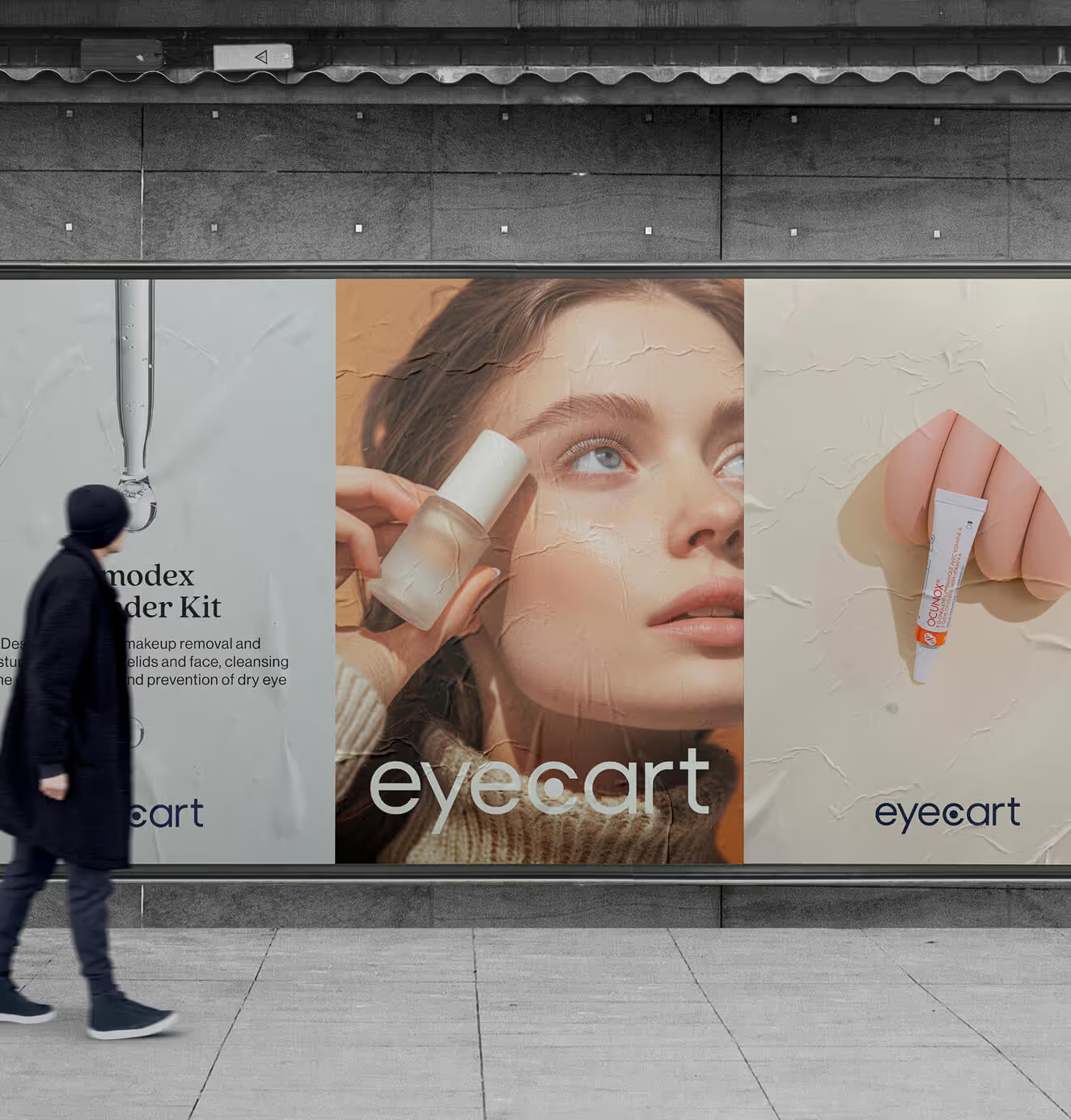The Impact of Printing Products on Your Business's Marketing Strategy
02/04/2025
Marketing Strategy
Printed materials remain a powerful tool in marketing—discover how they can enhance your brand’s visibility, credibility, and customer engagement.

The unique value and tangible impact of printed marketing materials can sometimes be underestimated. Yet, sophisticated printing products - from eye-catching brochures to memorable business cards - play a crucial role in enhancing brand visibility and fostering customer loyalty. This section explores the multifaceted ways in which high-quality printed materials can enrich your business's marketing strategy, leveraging the physicality and permanence of print to create a lasting impression on your target audience.
.png)


Enhancing Brand Recognition



Printed marketing materials often serve as the first point of contact between a brand and potential customers. Bold colors, distinctive logos, and unique designs on business cards, flyers, and brochures catch the eye, making your brand more memorable. This visual engagement is crucial for brand recognition, setting the stage for all subsequent brand interactions.
Beyond mere aesthetics, the tactile experience of high-quality paper and finishes can convey a brand's premium status, embedding a sense of trust and reliability in the consumer's mind. The choice of material and design reflects the brand's attention to detail, further distinguishing it from competitors. From Online Printing Booklets Catalogs to Posters and Banners, these printed products showcase your brand tangibly and professionally. Not only do they create a lasting impression, but they also establish your brand's visual identity and reinforce its values.
Building Customer Loyalty












Loyal customers are the backbone of any successful business, and printed materials can play a key role in nurturing this loyalty. Personalized thank-you cards or post-purchase follow-up materials can add a personal touch that fosters a deeper connection with the brand. Such gestures show customers they are valued, encouraging repeat business.
Additionally, loyalty programs using physical cards or certificates create a sense of belonging and exclusivity. These materials not only motivate repeat purchases but also serve as constant physical reminders of the brand, keeping it top of mind among its customer base. This form of consistency and recognition is especially valuable in building brand loyalty, as customers are drawn to familiarity and trust.
Want to learn more about brand platforms, Brand Strategy and Brand Identity? Keep reading!
If you need help with your companies brand strategy and identity, contact us for a free custom quote.
Supporting Integrated Marketing Campaigns

In a digital world, printed materials can complement online marketing efforts, creating a cohesive brand experience across channels. QR codes on flyers or brochures that link to digital content allow for a seamless transition between physical and digital touchpoints. This integrated approach ensures that the brand remains engaging and accessible to customers, irrespective of their preferred platform.
Printed materials can also drive online engagement by including calls to action (CTA) that lead to social media pages, websites, or digital campaigns. This synergy between print and digital mediums amplifies the reach and impact of marketing campaigns, making the brand's message more pervasive and persuasive. Furthermore, the physicality of print can enhance brand credibility, as consumers often perceive printed materials as more trustworthy and reliable.
Generating Leads and Sales
Printed materials can be potent tools in lead generation and sales campaigns. Well-designed product catalogs and sales brochures can serve as comprehensive guides, influencing buyer decisions by presenting the brand’s offerings in a structured and appealing manner. These materials can be particularly effective at trade shows and meetings, where the physical act of handing over a tangible item can establish a meaningful connection.
Direct mail campaigns using postcards or letters can target specific demographics with personalized offers, standing out amidst the digital clutter. The physical nature of these materials demands attention and can lead to higher engagement rates, directly impacting sales figures.
Enhancing Event Marketing

Events, whether they are trade shows, exhibitions, or seminars, offer unique opportunities for brands to connect with their audience. Here, printed materials like banners, standees, and giveaways can significantly augment a brand's visibility and engagement. These materials grab attention and serve as physical takeaways that keep the brand in the minds of potential customers long after the event has ended.
Interactive printed materials, such as brochures with augmented reality features or scratch cards with special offers, can create memorable experiences for attendees. These innovative uses of print technology not only enhance the event experience but also demonstrate the brand's creativity and commitment to engaging with its audience in meaningful ways.
In conclusion, the strategic use of printed marketing materials offers a versatile and effective means to enhance brand visibility, foster customer loyalty, support integrated marketing campaigns, generate leads and sales, and augment event marketing efforts. The tactile and tangible nature of print creates a lasting impression, distinguishing your brand in a crowded market.
By blending the timeless appeal of print with innovative design and integration with digital platforms, businesses can leverage printed materials to create a comprehensive, multi-dimensional marketing strategy that resonates with customers and drives results. In an age where digital clutter is omnipresent, the thoughtful use of printed marketing materials can be the differentiator that propels a brand to the forefront of its industry.

Sloane Avery
As entrepreneurs, they’ve built and scaled their own ventures from zero to millions. They’ve been in the trenches, navigating the chaos of high-growth phases, making the hard calls, and learning firsthand what actually moves the needle. That’s what makes us different—we don’t just “consult,” we know what it takes because we’ve done it ourselves.
Want to learn more about brand platform?
If you need help with your companies brand strategy and identity, contact us for a free custom quote.
We do great work. And get great results.
+2.3xIncrease in revenue YoY
+126%Increase in repurchase rate YoY








+93%Revenue growth in first 90 days
+144% Increase in attributed revenue








+91%Increase in conversion rate
+46%Increase in AOV








+200%Increase in conversion rate
+688%Increase in attributed revenue












